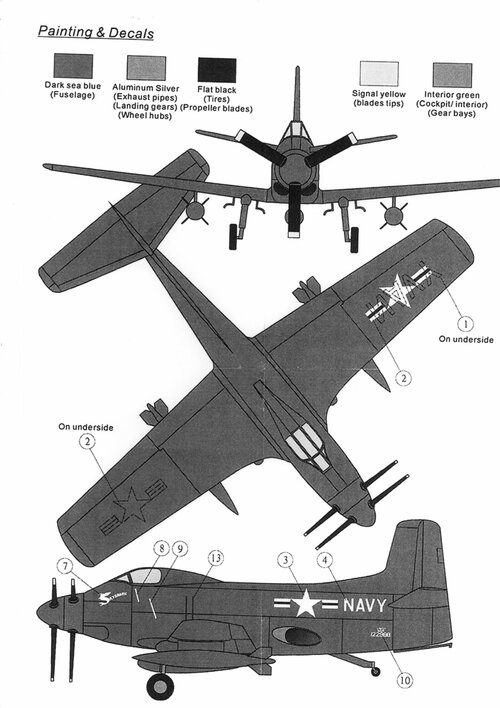acegeek9992
ACCESS: Confidential
- Joined
- 25 March 2021
- Messages
- 111
- Reaction score
- 77
That, and the propeller control system was an absolute crapshot since early Cold War electronics were far from reliable.To be fair the general idea did work.
The Brits did similar with the Garnet Armstrong Siddeley Double Mamba with success.
It was just bad gearbox that screwed the T40.
Last edited by a moderator:



















